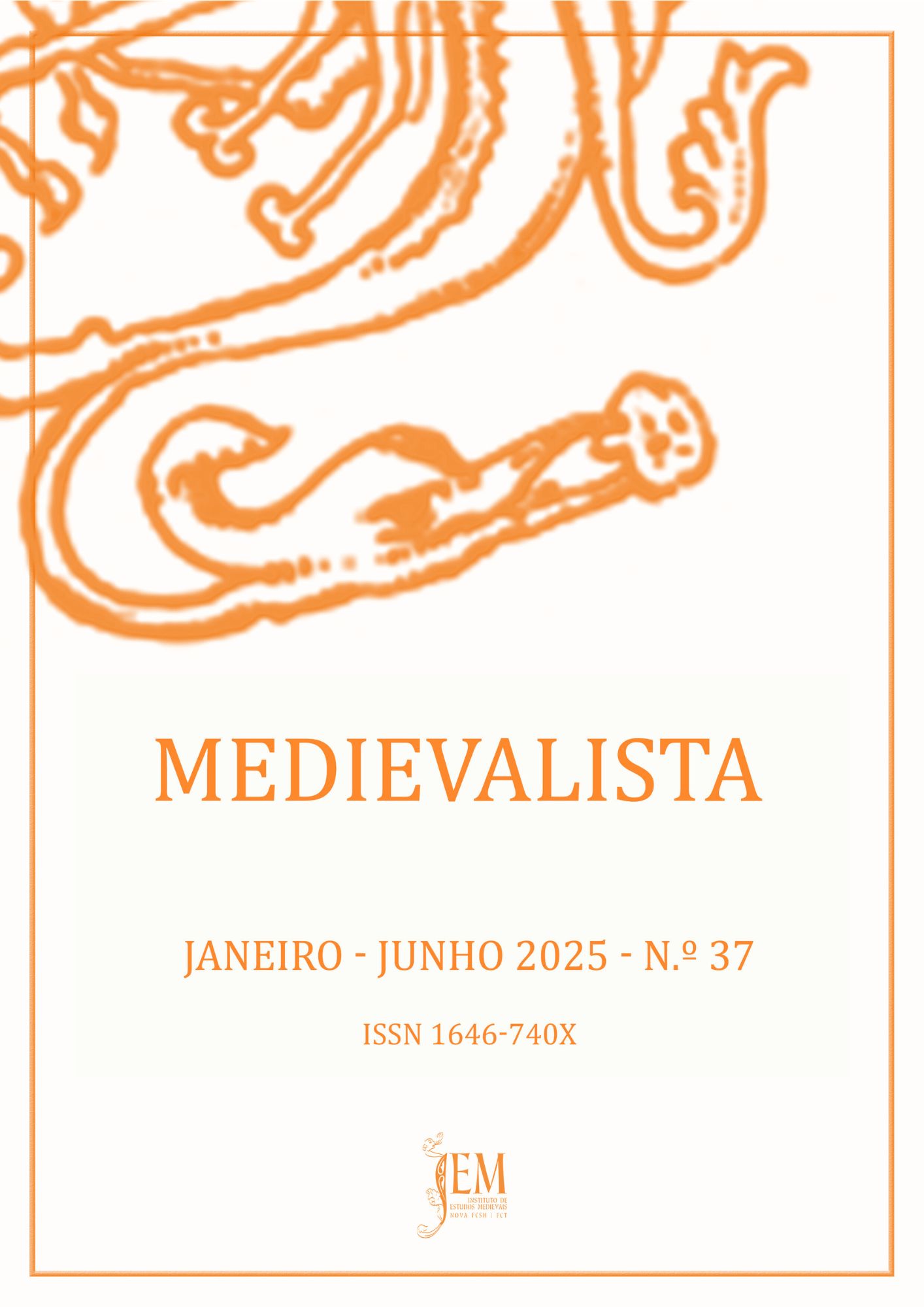Rhetorical expressions of love in Garcia de Resende's General Songbook. Tropes and figures
DOI:
https://doi.org/10.4000/134bbKeywords:
Garcia de Resende’s Cancioneiro Geral, Rhetoric, Tropes and figures, Love, Poetry of 15th-16th centuriesAbstract
In antiquity, the orator was guided by elocutio to make his speech a rich ornament with the intention of convincing his audience that he, the orator, defended a correct thesis, and that his oratory was, above all, a piece for delight. In the Middle Ages, the ornaments used by orators became poetic composition not only as a work of lexicon, but also as the way in which poetry was structured. Look at the rhymes, the rhythm, the meter, even if these two were already part of the rhetorical-poetic creation of the ancients. The rhyme and the stanza are, then, parts of the ornament along with the figures and tropes, formerly used in oratorical eloquence. The medieval humanists, in their cult of ancient civilization, transpose to the act of making poetry the same elements and concerns characteristic of past orators. The resources used by poets would be, through the revaluation of poetry, harmony and musicality, through which the most diverse contents of human inquiry were expressed, which reveals the ancient concerns that medieval poets emulated. The poetic expressed in Garcia de Resende’s Cancioneiro Geral uses these rhetorical expressions to embellish the poems. In this study, I propose to list these expressions related to the theme of love. To this end, I rely on theorists and scholars of Literature such as Quintiliano, Heinrich Lausberg, Maria Isabel Morán Cabanas, Massimo Marini, Pierre Le Gentil, Edmond Faral, Juan Casas Rigall, among others.
Downloads
Published
How to Cite
Issue
Section
License
Copyright (c) 2025 Medievalista

This work is licensed under a Creative Commons Attribution 4.0 International License.





